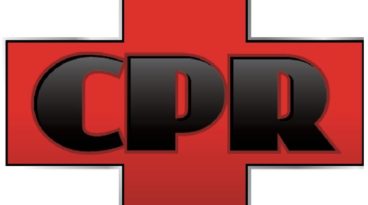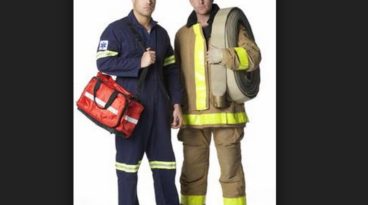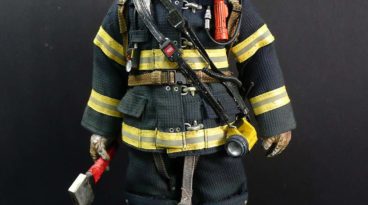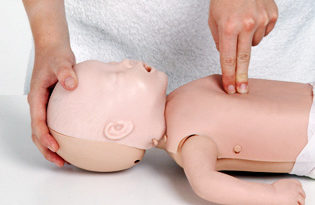
From LPN to RN: Health Career Institute
![]()
The LPN-RN track is an accelerated program through which LPN/LVNs may complete a baccalaureate degree with a major in nursing and achieve eligibility to apply to take the RN licensure examination in a short time. The education from and LPN to RN program provides the knowledge and skills to function as an entry level registered nurse in a variety of settings. After graduation, you will be eligible to apply to take NLCEX-RN examination to obtain licensure to become a registered nurse.
Read more






















